
A torta, also called a lonche, is a Mexican sandwich. Tortas are often served hot, but can equally be eaten cold. Common fillings include ham, eggs, chicken, avocado or beef. Although a crusty roll, called a bolillo, is the most common type of bread for tortas, several variations exist.
Tortas Around the World
In Mexico, a torta is a sandwich. In most of the Spanish-speaking world, however, torta actually refers to a range of different products. It was once used to mean a type of circular flatbread. "Tortilla," which simply means "small torta," preserves this meaning. It can also mean a cake; the word has the same root as English "tart"or the European "torte," which is a cake. For instance, a type of almond cake made in Galicia is called a Torta, (or Tarta, de Santiago.
Basic Bolillo
The bolillo, which is used in most tortas, is a crusty bun with a soft inside. It resembles a shorter baguette and has a characteristic oval shape, and sometimes comes to a point on the end. Bolillos are usually made from white flour, although whole-wheat flour bolillos can also be found. The bolillo is also known as pan frances, or French bread. Its name simply means "little ball."
Birote: Born Survivor
A variation on the bolillo is the birote, commonly found in the Mexican state of Jalisco. Its name may come from the word virote, which means an arrow shaft. It is also called a birote salado, or, confusingly, a bolillo or bolillo salado. The term salado, which means "salty," refers to the birote's flavor. The birote provides the base for a Jalisco specialty -- the torta ahogada or "drowned torta." This pork, bean and onion sandwich gets its name from the fact that it is served with chili sauce poured liberally over it. The firmer consistency of the birote enables it to survive being immersed in sauce.
Tender Telera
The third type of bread commonly used for tortas is the telera. The telera is a large, round roll with a soft crust, much fluffier in texture than the bolillo. It also has a flatter profile than the bolillo. The top of a telera is sometimes marked with two cuts to divide it into three sections, giving it a ridged appearance.
Related Articles
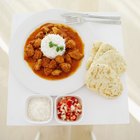
What Is Indian Flat Bread Called?

Lumpia vs. Egg Rolls

List of Cuban Foods

The Differences Between a Gyro & a ...

What Kind of Bread Do You Use to Make a ...

What Is a Tip Roast?
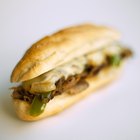
Calories in a Philly Cheesesteak

How to Eat Ethiopian Food
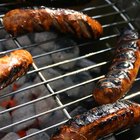
Bratwurst Spices
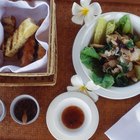
What Is Chili Paste?
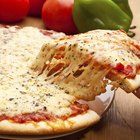
Types of Cheese Used in Pizza

Zwieback Toast vs. Melba Toast
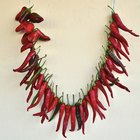
What Is an Italian Horn?
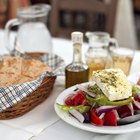
List of Greek Breads

What Is Rump Steak?

What Type of Food Do People in Honduras ...
What Foods Do Hispanics Make for ...

Is There a Difference Between Rolled ...

Nutritional Information for Ethiopian ...
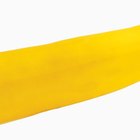
What Is Yellow Zucchini?
References
Writer Bio
Dr James Holloway has been writing about games, geek culture and whisky since 1995. A former editor of "Archaeological Review from Cambridge," he has also written for Fortean Times, Fantasy Flight Games and The Unspeakable Oath. A graduate of Cambridge University, Holloway runs the blog Gonzo History Gaming.
Photo Credits
Michael Blann/Digital Vision/Getty Images